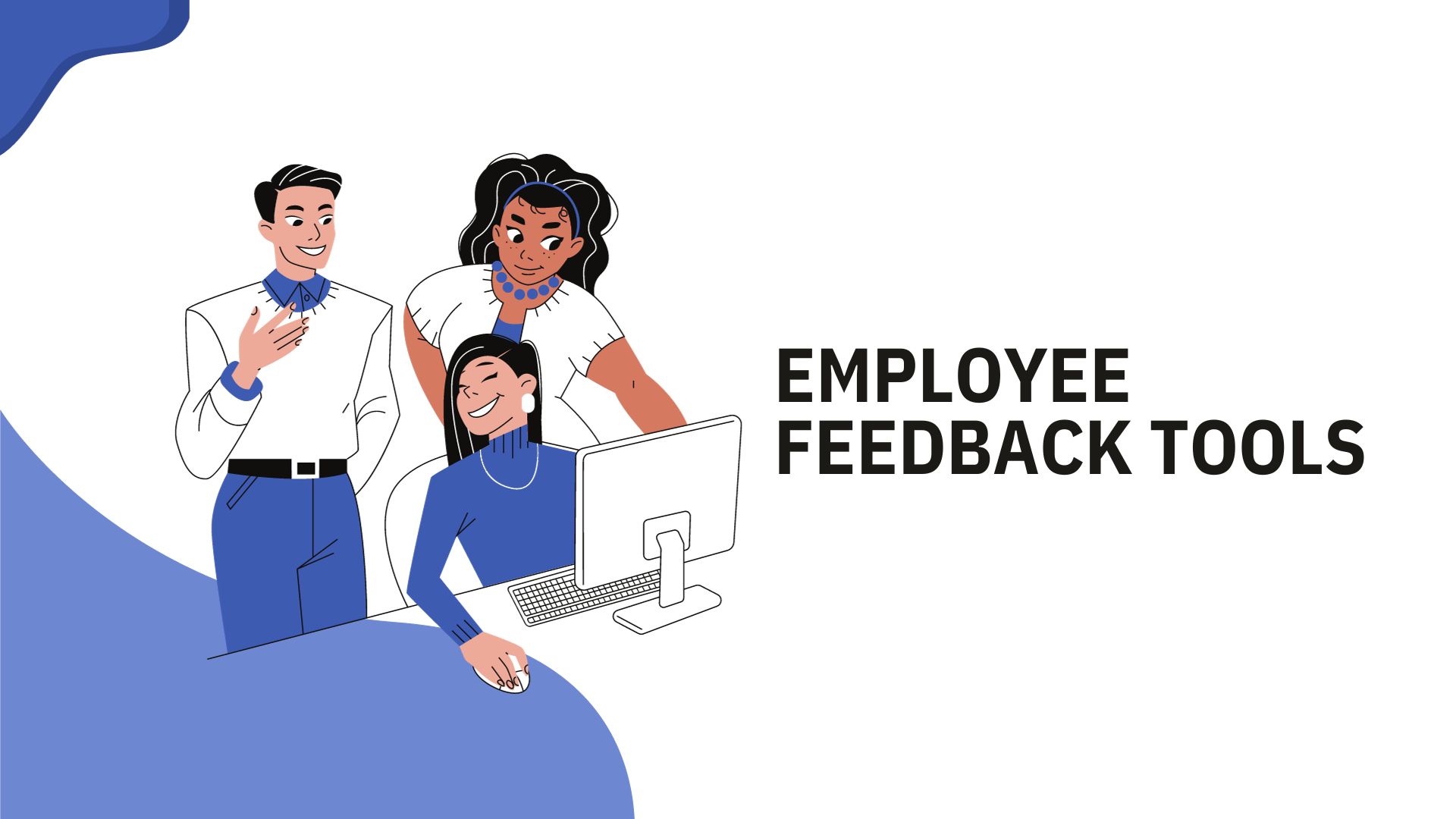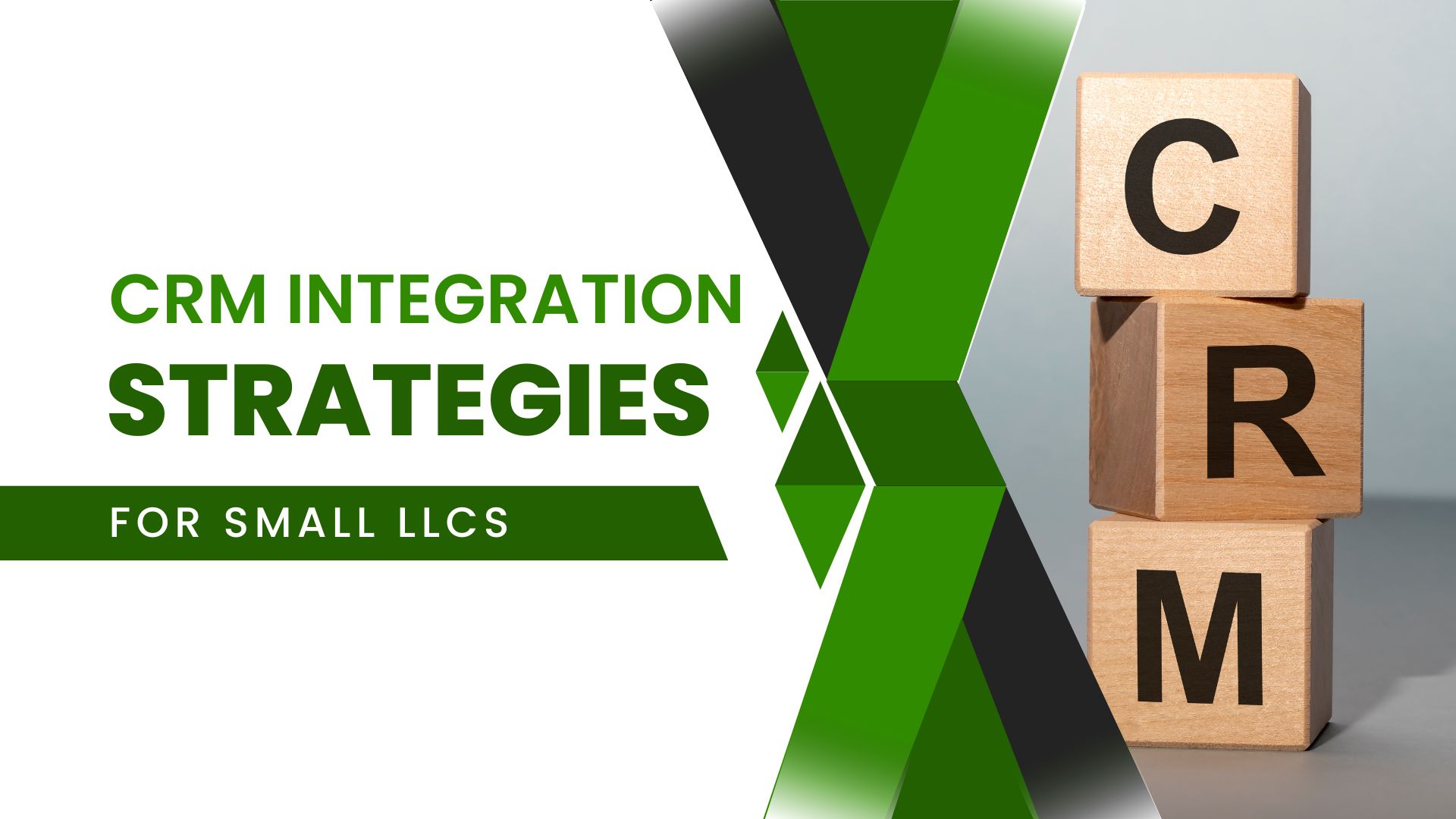Oracle Earnings Grow; Ellison Blasts SAP
Though some observers had worried Oracle was in trouble after some disappointing second quarter results, Oracle stormed back in the third quarter to prove its naysayers wrong.
Oracle reported its third quarter fiscal 2012 financial results late Tuesday, reporting revenues of $9 billion for a three percent year-over-year gain. Net income was reported at $2.5 billion, an 18 percent year-over-year gain.
Leading the revenue charge was Oracle's software business, with license updates and product support revenues up by 8 percent to $4.1 billion for the quarter. Oracle's hardware business reported $869 million in revenues for a 16 percent year-over-year loss. Digging deeper into the hardware category, Oracle's engineered systems — which include the Exadata, Exalogic and Exalytics products — grew by 139 percent, showing a path forward for Oracle's future hardware business.
Oh Snap
Oracle CEO Larry Ellison stressed during the analyst call that his company's embrace of the cloud with the recent Fusion middleware update and the Oracle cloud will further differentiate them against rivals and especially SAP.
“Six years ago, we made the decision to rewrite our ERP and CRM suite for the cloud. We called it Fusion, SAP called it Confusion,” Ellison said. “We think it was the right decision six years ago and, as cloud computing has grown in popularity, we thank God that we're sitting here with a complete ERP, CRM, HCM suite of applications, ground-up rewritten from scratch for the cloud, and SAP has yet to start.”
Ellison took a swipe at another competitor while stressing that Oracle has addressed customer concerns about cloud security. He noted that the Oracle Secure Cloud includes servers that run across multiple Oracle data centers and can also run behind customer firewalls.
“This is especially important to large customers who want the simplicity and convenience of cloud computing but are unwilling to accept the security risks inherent in multi-tenant public Internet clouds,” Ellison said. “Salesforce.com does not offer this kind of security in their cloud. This is a key advantage for us going forward.”
Ellison explained that the deployment approach with Fusion applications is not about rip-and-replace with existing infrastructure. He noted that an enterprise can deploy components of the Fusion suite together with existing applications that are already running on-premise.
“So it's not a matter of you having to take out everything you currently have and replace it with cloud computing; you can do this gradually,” Ellison said. “A lot of the customers that are running Fusion applications today in production also have a lot of our on-premise applications.”
Oracle isn't expecting their Fusion applications to sell themselves. They've hired an additional 1,000 sales and pre-sales support people over the last quarter to help fuel growth.
“Strategically, we're adding more salespeople but we're also adding more specialized salespeople,” Oracle President Mark Hurd said. “So we think we have a lot of gas in the tank to drive organic growth given the hiring we've done.”
You can read more about Oracle ERP here.
Sean Michael Kerner is a senior editor at InternetNews.com, the news service of the IT Business Edge Network. Follow him on Twitter @TechJournalist.

Sean Michael is a writer who focuses on innovation and how science and technology intersect with industry, technology Wordpress, VMware Salesforce, And Application tech. TechCrunch Europas shortlisted her for the best tech journalist award. She enjoys finding stories that open people's eyes. She graduated from the University of California.


